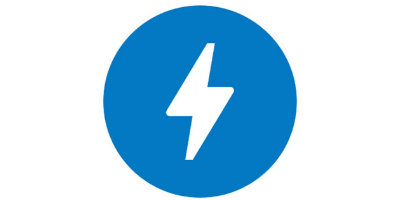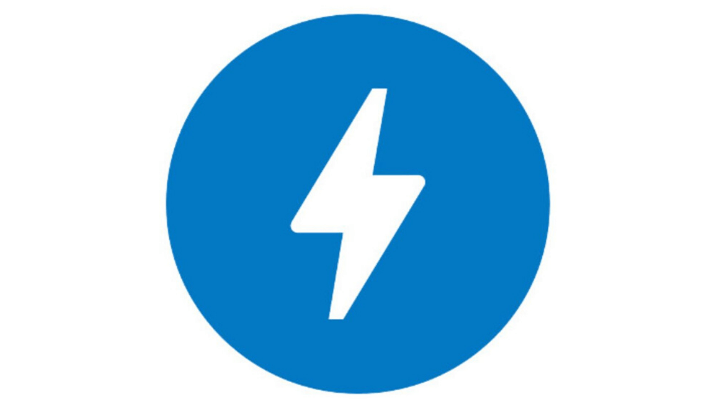Over the past few years, we’ve seen the rise of Google’s Accelerated Mobile Pages (AMP). Launched in 2016, AMP is an open-source HTML framework originally created by Google as a competitor to Facebook Instant Articles and Apple News.
AMP dramatically increases the mobile load speed of your web pages by loading all of the content at once on Google’s server via cache, as opposed to loading your website content from your server. In this article, we’ll evaluate the pros and cons of AMP for your aesthetic practice and see if the “juice is worth the squeeze.”
What You Gain with AMP:
- Lightning-fast page load times: Improve user experience and avoid people “bouncing” from your web pages because it takes too long to load.
- Better mobile search engine rankings: Since page load times are a ranking factor (although AMP itself is NOT a ranking factor) your AMP pages can outrank other slower pages, resulting in more visibility and traffic.
- Placement in search engine result carousel: In some Google search results you’ll see AMP links in the carousel, which resides above all other organic search results. This is prime real estate and arguably the biggest appeal of AMP.
What You Lose with AMP:
- Design flexibility: In order for the pages to load quickly, AMP strips down the original content and style to its bare bones. In short, the AMP pages look plain, even dull. These limitations give you little to no flexibility with CSS and JavaScript. You are at Google’s mercy when it comes to what they decide to display on the page.
- Traffic to YOUR website: Readers of your content are not actually visiting your website; they’re viewing a copied version of your page served from Google’s servers. While you might benefit from some AMP pages that rank highly and generate views, these pages are not original, and they are effectively “owned” by Google as it is loaded from their servers.
- Conversion limitations: The simplified nature of the AMP does not allow for in-line conversions or other calls to action worked into the content to aid in lead generation. That benefit of additional page views I just alluded to is mitigated if the goal of your website and your web pages is lead generation, which should be the focus of any aesthetic practice.
- Limitations with tracking: While AMP does work Google Analytics, it isn’t a seamless integration, requiring a separate tag to function properly; this can be challenging to implement. Additionally, as we pointed out in the previous point, you’ll be missing out on key conversion metrics.
While not something you “lose” with AMP, it’s worth noting that another challenge that comes with utilizing AMP is that implementation can be tricky: While there are tools that can help create AMP pages for the non-developer, there is conflicting information about this configuration. AMP also isn’t set-it-and-forget-it, as you need to update your pages to meet specific standards. Additionally, the tools intended to make it easy to implement, particularly on WordPress, may conflict with other popular plugins.
All of the AMP limitations listed above are merely symptoms of one greater issue… lack of control.
Google recently announced plans to lift the AMP restriction on the Top Stories carousel, which means that non-AMP content will start to appear in this section. Some digital experts think that this move puts the framework’s future is in question. Matt Dorville, SEO manager at BuzzFeed, opined: “If AMP does go away, it’s going to be more difficult in the future when Google decides to do some kind of experiment to really get buy-in from everybody.”
The reason? Google has rolled out and killed several features in the past, such as rel=prev/next and Authorship attributes.
No matter what Google decides to do, by simply hinting at the fact that AMP may not be a requirement for appearing at the top of search results in the “news carousel” – arguably the best reason to be using AMP – plants a seed of doubt in many developer’s and business owner’s minds. Why use AMP if it isn’t necessary?
The Verdict:
First ask yourself, what is my website’s goal? If you’re a news source that thrives off of mobile traffic from stories about the latest news, and you’ve seen a big uptick in readers since implementing AMP, then you might want to “ride this out.” If you run a plastic surgery center, med spa, dermatologist, or any aesthetic practice, AMP doesn’t appear to have much appeal.
That said, if you’re already using AMP, make sure you evaluate all your key metrics before killing it. It’s possible that you’re an edge case that is doing well with AMP, but you need data to back that up.
Is Your Aesthetic Practice Struggling with AMP or Mobile-Optimization?
TRBO can help! Connect with one of our aesthetic marketing experts here at TRBO ADvance, then drop us a note here. You can also reach TRBO directly at 877-673-7096 x2.









